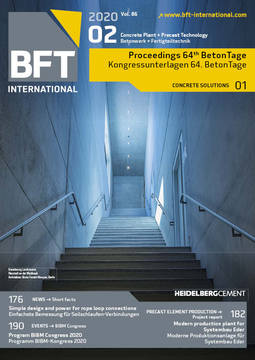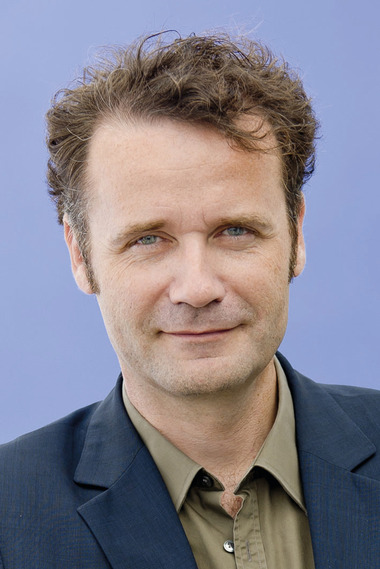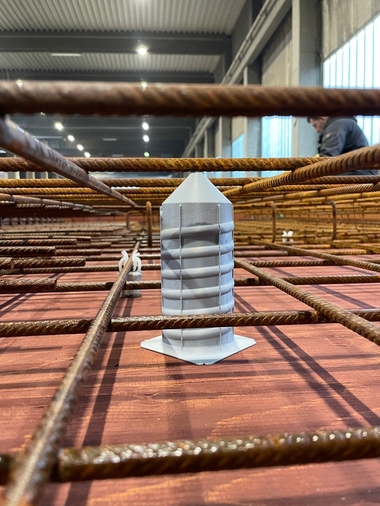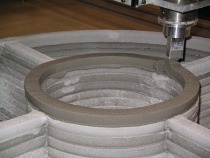Challenges for a traditional material on the way into the future
Additive production, sometimes simply called 3D printing, is often referred to as the third industrial revolution, as it offers the potential to fundamentally change traditional production methods. Particularly in the construction sector – where every building, owing to different local conditions, is more or less unique – additive production has the potential to become a key technology in digitization [1]. In additive production, the material is used only where it fulfills its function. This approach differs fundamentally from conventional construction methods that combine precast elements and/or system formwork with manual production technology: which, in the end leads to a resource-inefficient construction process. Although cement-bound construction materials such as concrete can theoretically be used for manufacturing elements of any shape, they are in concrete construction today primarily manufactured in simple shapes with uniform cross-sections. Reasons for this are especially the high cost of formwork construction as well as the low degree of automation in the construction sector. 3D printing methods, compared to conventional production, are ideally suited for fully automatic production of geometrically complex and material-efficient construction elements – even when manufactured in small quantities.
This lecture discusses the challenges facing the traditional material of concrete: proceeding from the 3-material-system in traditional concrete construction with formwork, and extending to multi-component high-tech materials for additive production in concrete construction and solution approaches based on current research. This lecture presents a holistic consideration of possible additive production processes in concrete construction, proceeding from particle-bed 3D printing and ranging to extrusion 3D printing methods and shotcrete 3D printing.







